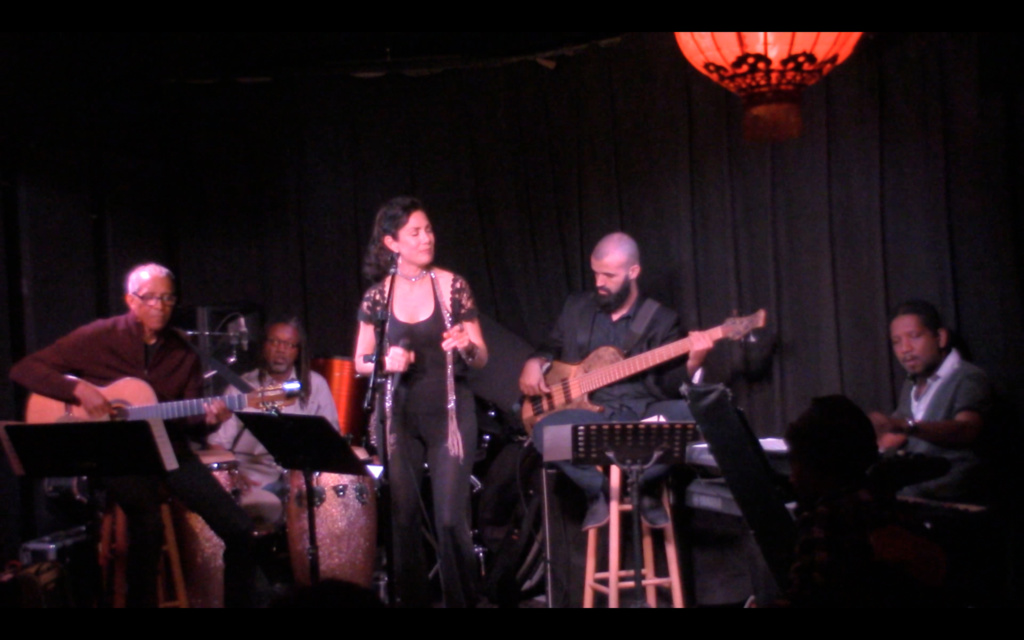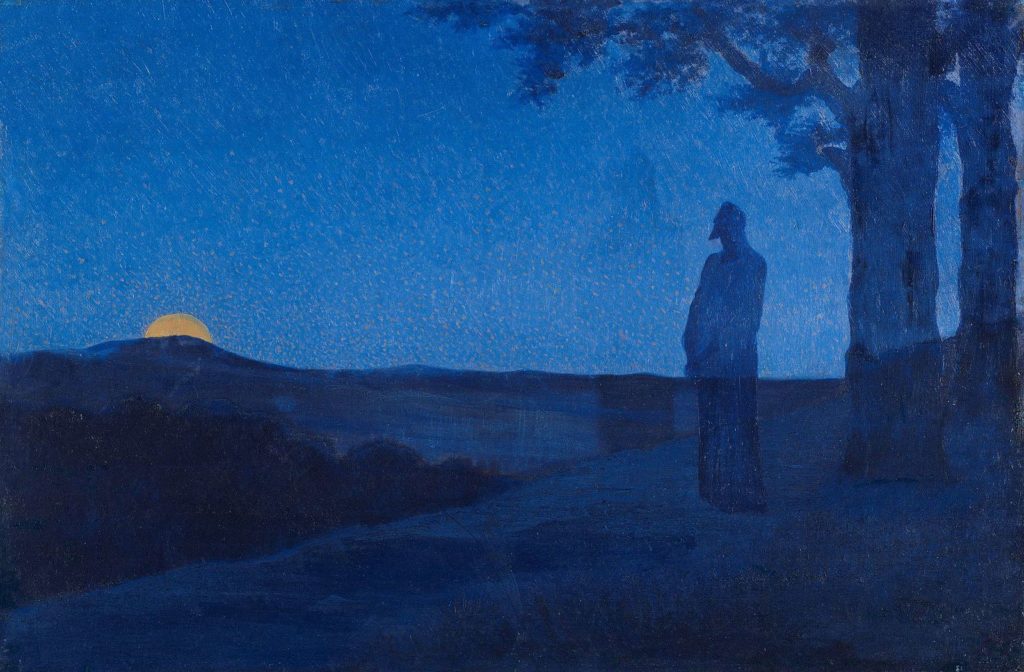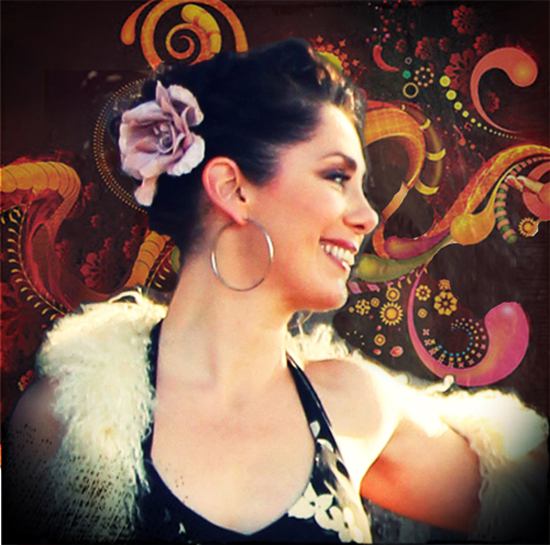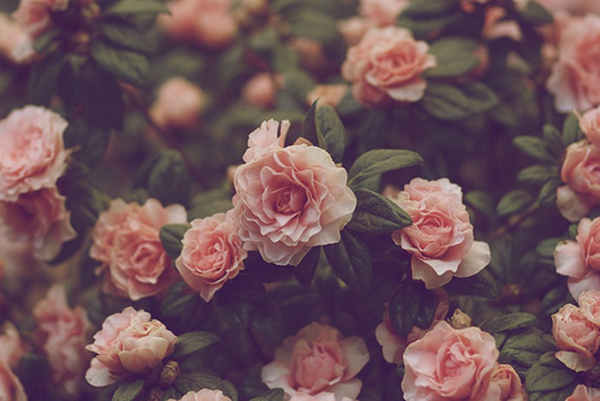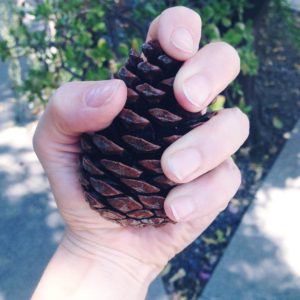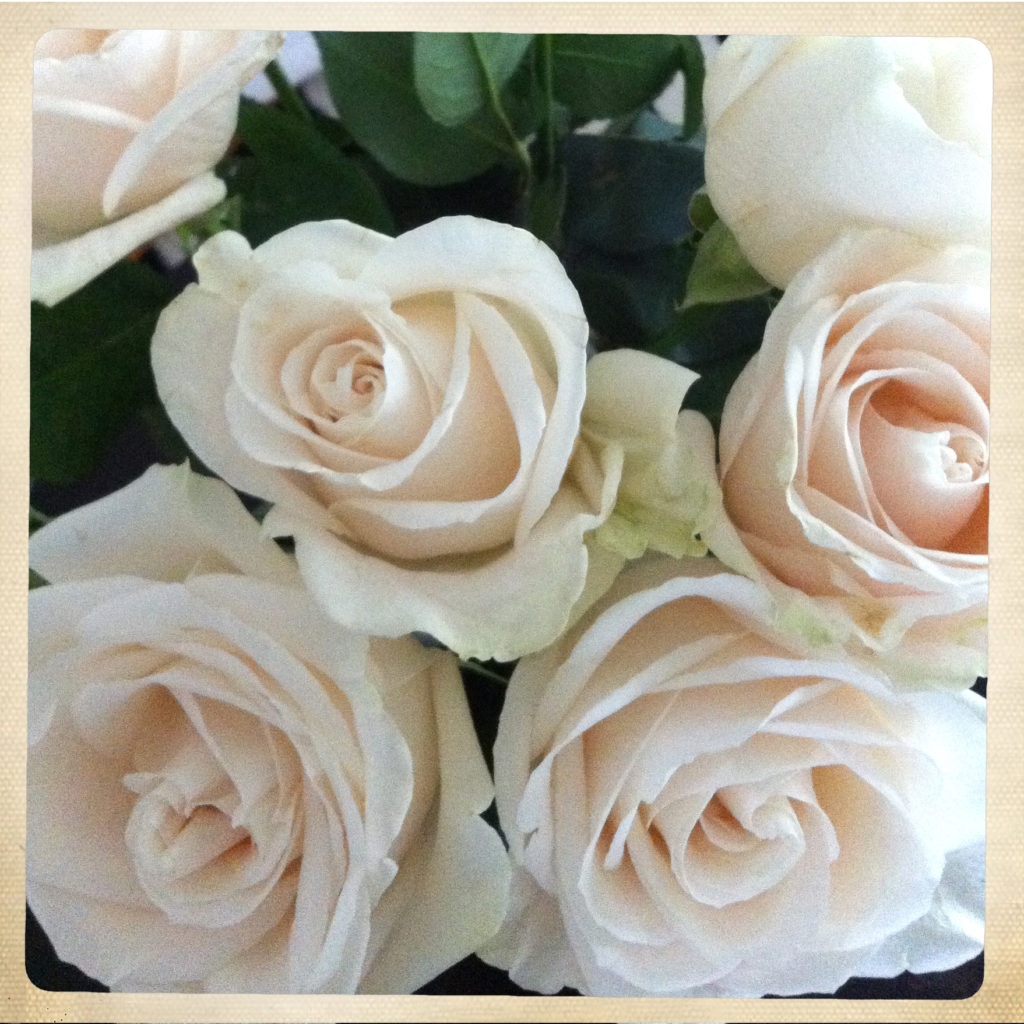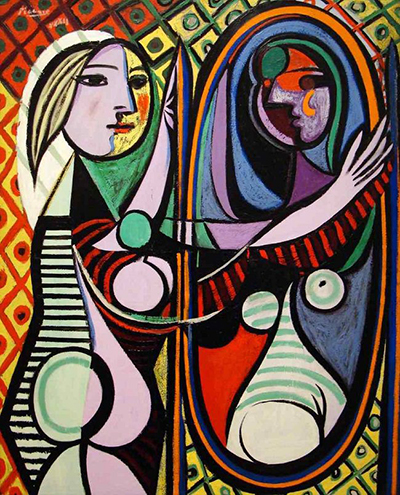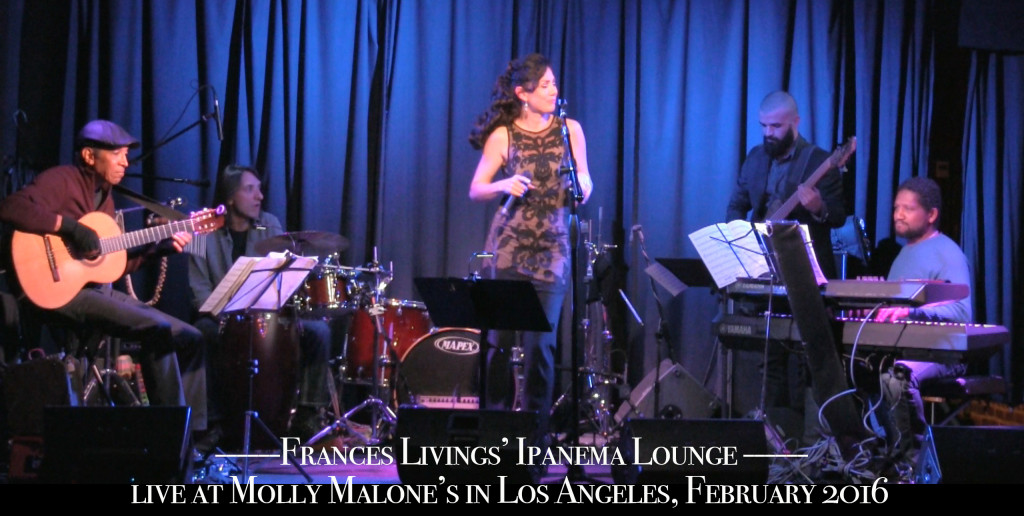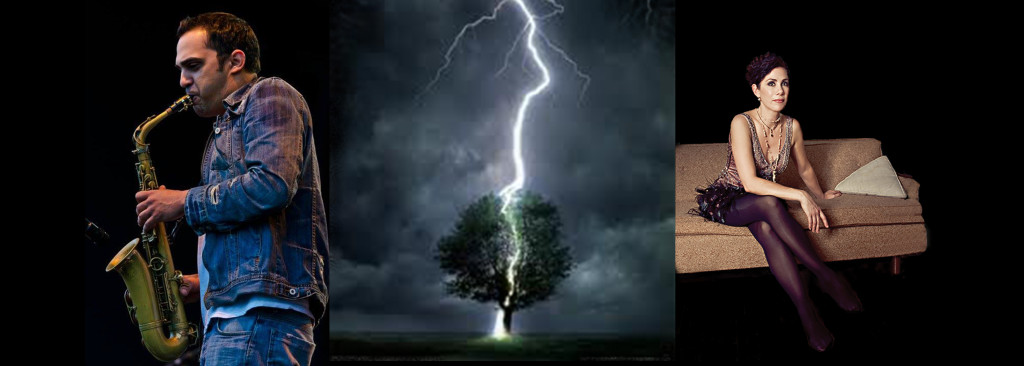Genghis Cohen
Almost every musician in L.A. knows Genghis Cohen! It’s one of my favourite music venues to play at with the full band. It’s a famous singer-songwriter club but astounding enough, it’s primarily a Chinese restaurant but it has a lovely, separate music room with a stage, lighting, and a backline. I usually perform there every two months and often try out new songs, in February, I presented my new single, Ma Solitude. Naturally, I always play songs from my latest album, Ipanema Lounge (2016) and include a few from The World I Am Livings In (2013).
Genghis Cohen is a Hollywood staple and has now been around for 35 years. That’s a long time for the fast-moving and ever-evolving restaurant scene but also for a music club. I always look forward to being there. The atmosphere is very artist friendly and some of my favourite sound people work there. Over the years, I have played there with different musicians and in various constellations. And sometimes, mostly by chance, I have even met stars like Jackson Browne, Stevie Wonder and most recently Annie Lennox, who was there to see her daughter, Lola Lennox perform.
The “Original” Genghis Cohen
The original owner, Allan Rinde (1942–2012, opened Genghis Cohen in 1983. But it was his friend Artie Wayne who thought of the humorous name “Genghis Cohen,” coupling the first name of the Mongolian warrior-ruler and a common Jewish surname. Allen was Jewish, hence the “Cohen”. He had been a staple in the music industry for decades. I luckily got to meet him on many a night, when he occasionally dropped in, even after he sold the restaurant 15 years later.
Allan was a former publicist, a journalist, the West Coast Editor of Cashbox. He sadly passed away suddenly on December 16, 2012. Allan was head of West Coast A&R at Columbia, where he was behind Billy Joel’s first hit, “Piano Man,” and he was the man who helped break the Jesus Christ Superstar album.
A close friend and colleague, the songwriter and producer Artie Wayne, who had over 250 covers recorded by such artists as Michael Jackson, Aretha Franklin, and Tony Orlando wrote a wonderful blog post you can read here, covering years of insider stories in and around Genghis Cohen, their years in the music industry and of course many celebrity encounters. Another interesting article is here.
Under New Ownership in 1998
In 1998 Allan sold the restaurant to Raymond Kiu, who had been a waiter at the restaurant for 14 years. After his death, his son Denis Kiu took over. He, however, also died prematurely, at the age of only 43 of a heart attack. A lot has changed in the last few years but that said, atmospherically, not that much.
That is why this article from 1998 in the L.A. Times still, in a way, rings true and names some of the reasons why I still love playing there:
“The Cantina [the music room] is configured like a church, with benches functioning as pews, and a stage functioning as the altar. The room is warm and inviting and manages to make both the performers and guests feel at ease. In fact, they are. Too many clubs are set up to incite little interaction between audience and performer, but the family-like comfort of the Cantina inspires a bit of camaraderie.”
The music room is only one part of the complex. It consists of the restaurant, the bar area, and the closed-off music room. The restaurant section sports red leather booths, dim lighting, and red accent walls. There’s a bit of Old Hollywood charm, along with self-conscious kitsch. Sadly, since the most recent restauranteurs took over in 2015, this has, however, slightly diminished. But – when in Los Angeles – paying the venue and restaurant a visit is still a must for music lovers!
Did you enjoy this post?
